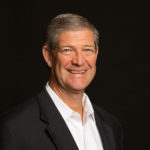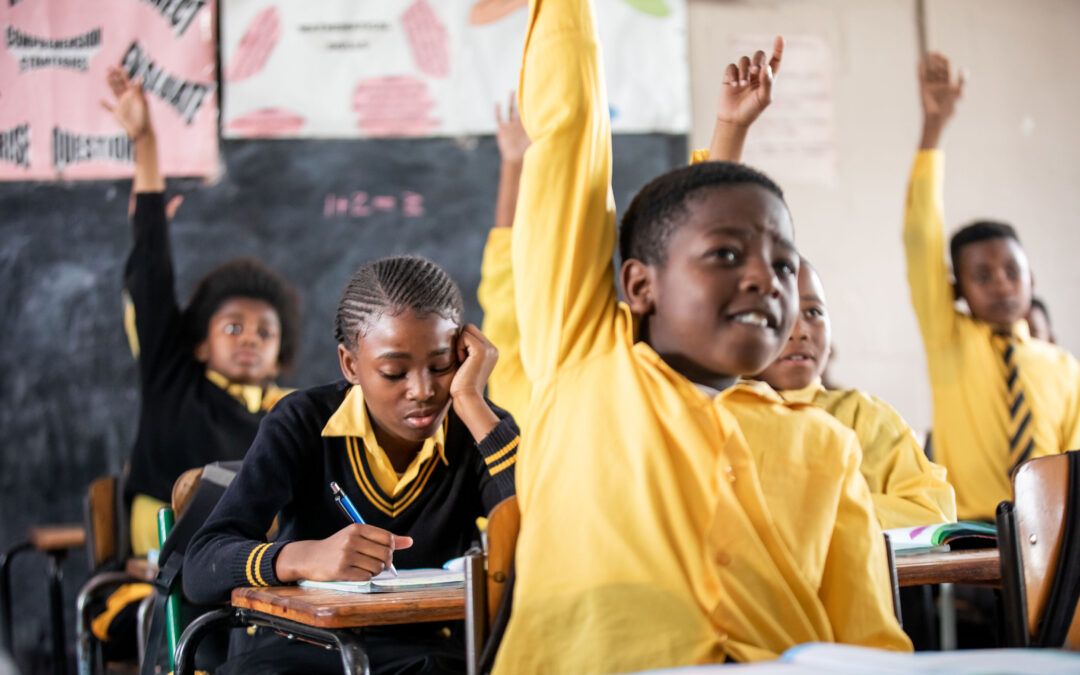By Chris Powell, CEO of THINKMD

The intersection of school and health is a critical issue that affects students of all ages, backgrounds, and locations. When students are healthy, they are better able to learn and achieve their full potential, ultimately contributing to healthier communities and families. However, many students face barriers to accessing quality health care, which can have a negative impact on their academic success. These barriers include language, transportation, parental permission/resources, system barriers and cost. Studies show that children who are sick are more likely to miss school, have difficulty concentrating and learning and experience emotional and social problems.
That’s why I was so inspired by the speakers at the recent Global Health Open Mic virtual event, who shared their insights on how to improve the intersection of school and health. Their perspectives spanned Colombia, South Africa, the USA and Zambia, offering rich knowledge-sharing on the subject: Schools as the First Step in Healthcare. Here are a few key takeaways from their presentations:
- School-based health services can increase access to care for students. Sarah Tembo from Healthy Learners shared the story of their School Health Program in Zambia, which uses technology to provide health services to children with teachers trained as School Health Workers. The program has been successful in increasing access to care for students, reducing learner absences, and improving health outcomes.
- Teachers can be trained to provide high quality healthcare. Alick Banda, a School Teacher from Zambia, also spoke about the importance of training teachers to provide basic health care. He explained that teachers are often the first point of contact for students when they are sick or injured, and they can play a critical role in providing early intervention and referral services.
- Physical activity is essential for student health. Gina Andrea Muñoz from the CATCH Global Foundation shared the results of a program that increased physical activity in public schools in Colombia. The program was successful in reducing obesity and sedentarism in students, and it also improved their academic performance.
- Rural schools need access to quality health care. Rene Sanchez from Vermont spoke about the challenges of providing health care to students in rural areas. He explained that many rural schools lack access to full-time nurses or doctors, and students may have to travel long distances to get care. He called for more innovative solutions to address the health needs of rural students.
- Sexual health education is essential for adolescents. Dr. Kim Jonas from South Africa discussed the importance of sexual health education for adolescents. She explained that adolescents in South Africa are at high risk of unintended pregnancy and sexually transmitted infections, and that they need access to accurate and comprehensive information about sexual health.
These are just a few of the key takeaways from the Open Mic event, but you can find a more comprehensive summary here. It is clear that there is a lot of work to be done to improve the intersection of school and health. However, the speakers at the event provided us with a roadmap for how we can make progress. By working together, we can ensure that all students have the opportunity to reach their full potential.
In addition to the key takeaways mentioned above, I would like to share the following thoughts with you:
- The intersection of school and health is a complex issue with no easy solutions. By working together, we will make a difference.
- Technology must play a role in improving the intersection of school and health – capacity demands this. For example, THINKMD’s clinical intelligence and data analytics platform is being used to provide health services to over 600,000 children in Zambia via schools.
- Teachers play a critical role in the health of their students. They can provide basic health care, educate students about healthy living, and refer students to specialized care when needed. The importance of teachers cannot be understated and to not burden them, digital tools are critical.
- Parents and families also play a role in the health of their children. They can support their children’s health by providing healthy food, encouraging physical activity, and getting their children vaccinated.
- We need to invest in research to better understand the intersection of school and health. This research will help us develop effective interventions that improve the health and well-being of students.
I believe that health is one of the most important issues facing our society today and that it crosscuts all other facets of society, including education. By working together and smarter to address health from all angles, we can make a difference and ensure that children, adolescents and young people have the opportunity to reach their full potential.
If you missed the Open Mic but would like to watch it, you can access a recording here.

